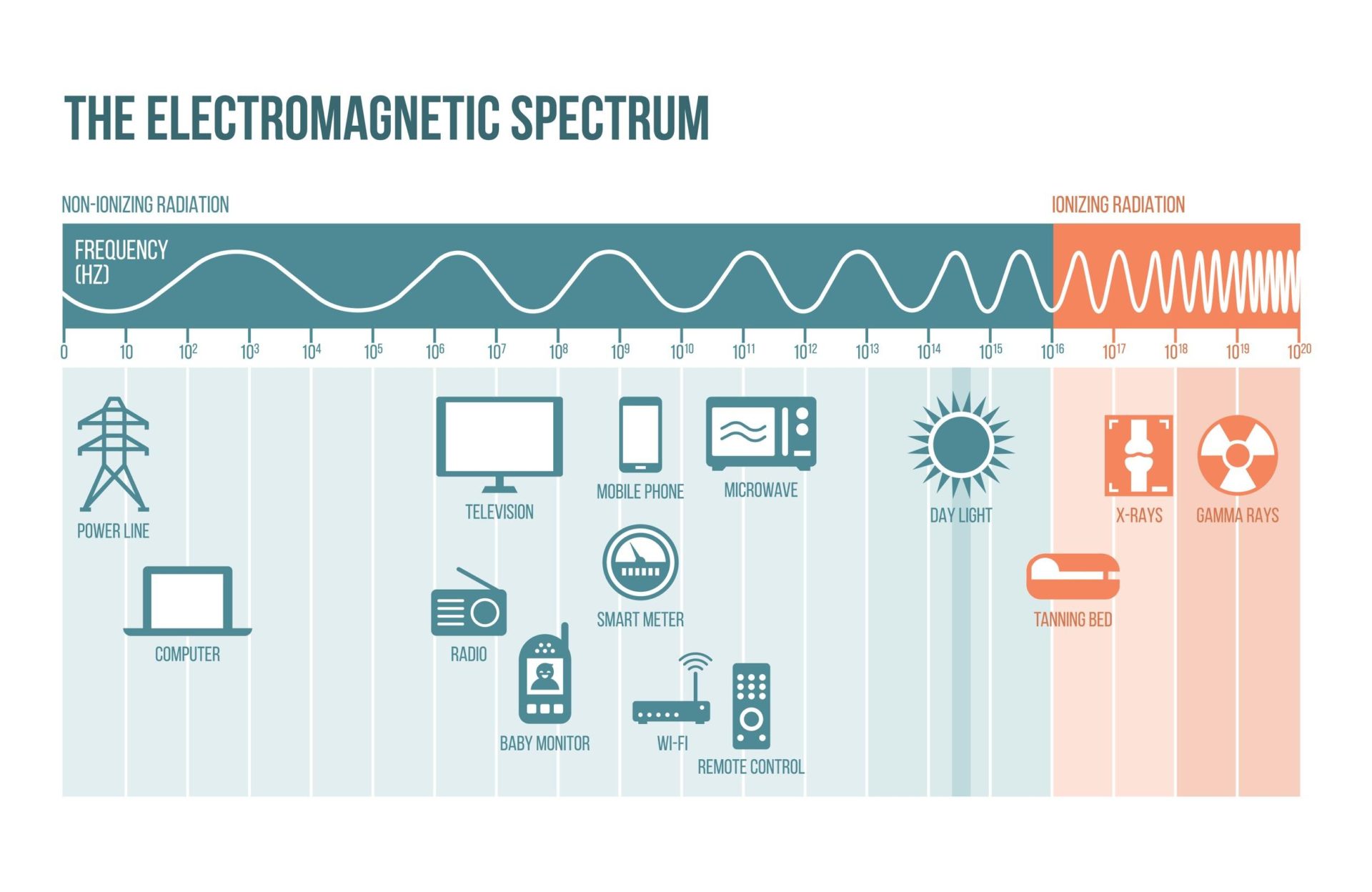
Thyroid Embolization vs. RFA Ablation: Key Differences in Treatment
SUMMARY: Learn the key differences between thyroid embolization and radiofrequency ablation (RFA) for treating thyroid nodules. RFA is minimally invasive, safer, and more effective for preserving thyroid function, while embolization is more invasive with higher risks.





3 Responses
You have misused the term RF. RF includes microwave and radar for instance, both of which can be ionizing. You should reference the frequency and power of the radiation produced by RFA.
Hello Joseph, thank you for your comment.
According to FDA, “Visible light, microwaves, and radio frequency (RF) radiation are forms of non-ionizing radiation. Non-ionizing radiation does not have enough energy to knock electrons out of atoms. X-rays are a form of ionizing radiation. Exposure to ionizing radiation can alter atoms and molecules and cause damage to cells in organic matter.”
You can find the article here: https://www.fda.gov/radiation-emitting-products/resources-you-radiation-emitting-products/microwave-oven-radiation
Thank you.
Thank you for your comment, Joseph.
According to FDA, “Visible light, microwaves, and radio frequency (RF) radiation are forms of non-ionizing radiation. Non-ionizing radiation does not have enough energy to knock electrons out of atoms. X-rays are a form of ionizing radiation.”
You can check it out at this link